belt conveyor machine
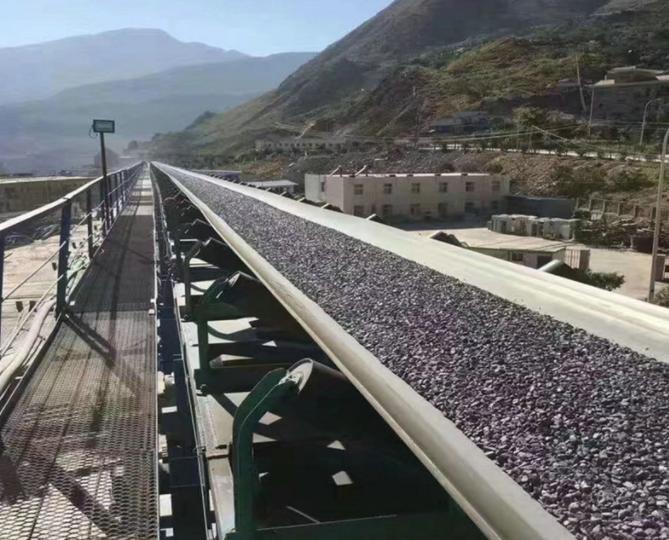
belt conveyor
Handling or conveying scattered materials and components of mechanical devices, continuous conveying machinery is continuous, uniform, stable conveying mode, along a certain line to transport or transport scattered materials and components of mechanical devices, referred to as conveying machinery. Because the conveying machinery is capable of continuously handling materials in a range, with low operation cost, high efficiency and easy to control, so it is widely used in the modern logistics system. It is the most important basic equipment for the modern equipment transmission system to realize the material transmission and handling. In the modern production enterprises, all kinds of automatic assembly lines belong to the automatic conveying machinery.
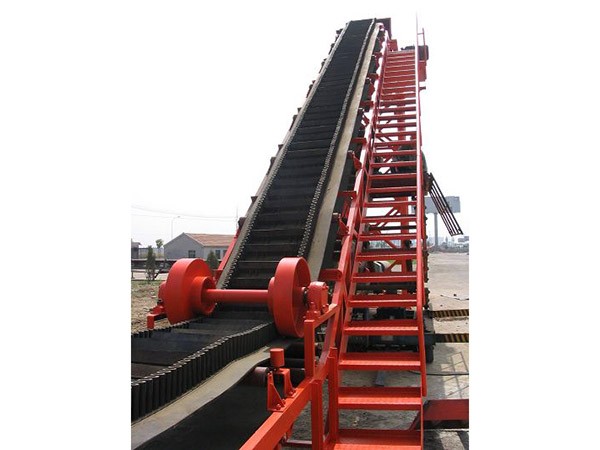
The conveying machinery can constantly transport materials along the fixed route, and the loading / unloading of the working mechanism is carried out in the operation process, so the start of the conveyor, the braking times are less. At the same time, the transported bulk materials are evenly distributed on the bearing components, and the transported component materials are also transported in a continuous way in a certain order.
The conveying machinery has the following advantages:
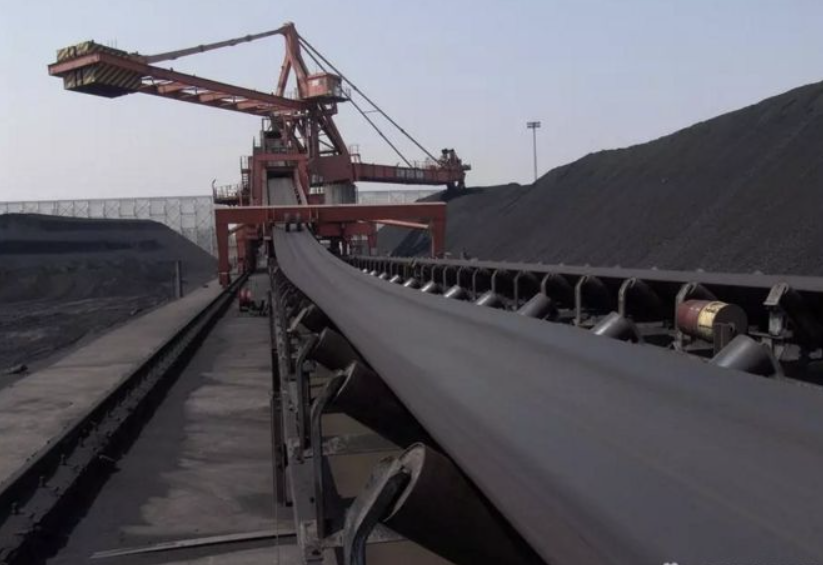
① Has a high productivity.
② In the same productivity, its own light quality, small shape size, low cost, small drive power.
③ The mechanical parts of the transmission mechanism have lower load and less impact.
④ Compact structure, easy to manufacture and repair.
⑤ Transportation material route is fixed, single action, easy to achieve automatic control.
⑥ The load is uniform during the work, and the power consumed is almost constant.
The shortcomings are as follows:
① Can only be transported according to a fixed route of materials, each type is only applicable to a certain type of materials, generally can only transport a small quality of objects, poor versatility.
② Most conveying machines cannot take materials from themselves, so the appropriate loading / unloading machines must be configured.
Mechanical classification
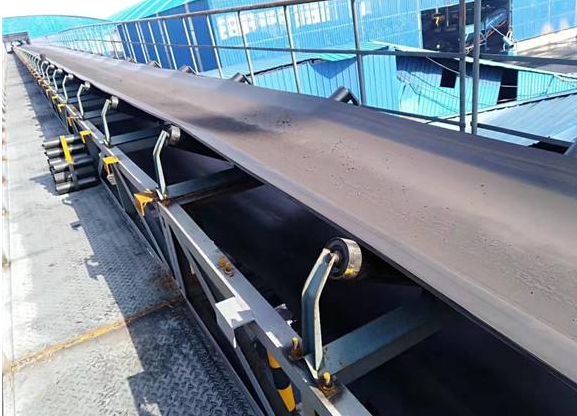
The conveying machinery can be divided into fixed conveyor according to the installation mode (large conveying quantity, High efficiency) and mobile conveyor (strong mobility), According to the structural characteristics, it can be divided into a conveyor with flexible components (the traction component is a closed system of reciprocating circulation, Such as the belt type, Chain, etc.) and a conveyor without flexible components (using the rotational motion or vibration of the working members, Transfer the material in a certain direction, The component does not have a reciprocating cycle form, Such as a spiral conveyor, Vibration conveyor, etc.); According to the conveying object can be divided into bulk conveyor, Integrated conveyor universal conveyor; According to the different motive force, It can be divided into power (such as electric, etc.) and no power (by material weight inertia or artificial thrust).
According to the conveying quantity and material nature of the conveyor, using high belt speed, reduce bandwidth, preliminarily determine the conveying machinery and structure and parameters, the calculation power, considering the normal operation of no load and full load, starting and free shutdown is the premise of the conveying machinery operation of the premise, and the basic design basis is to determine the main specifications, quantity and requirements on the premise of ensuring the normal operation of the conveying machinery.

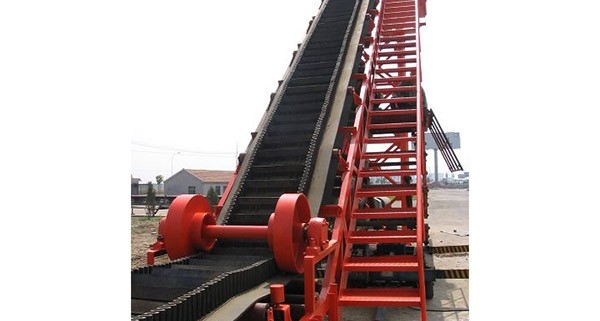
sorry what you need for the belt ?